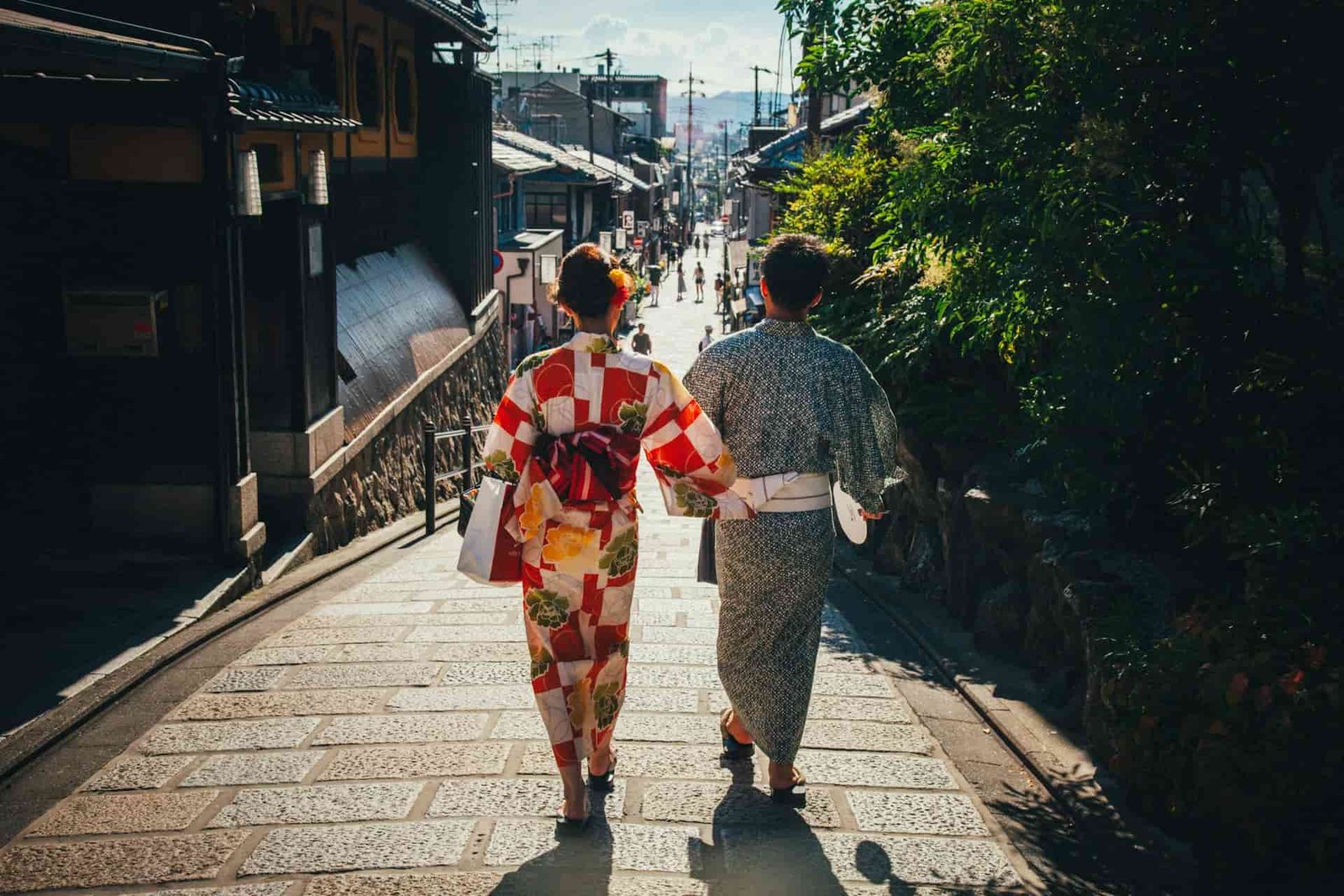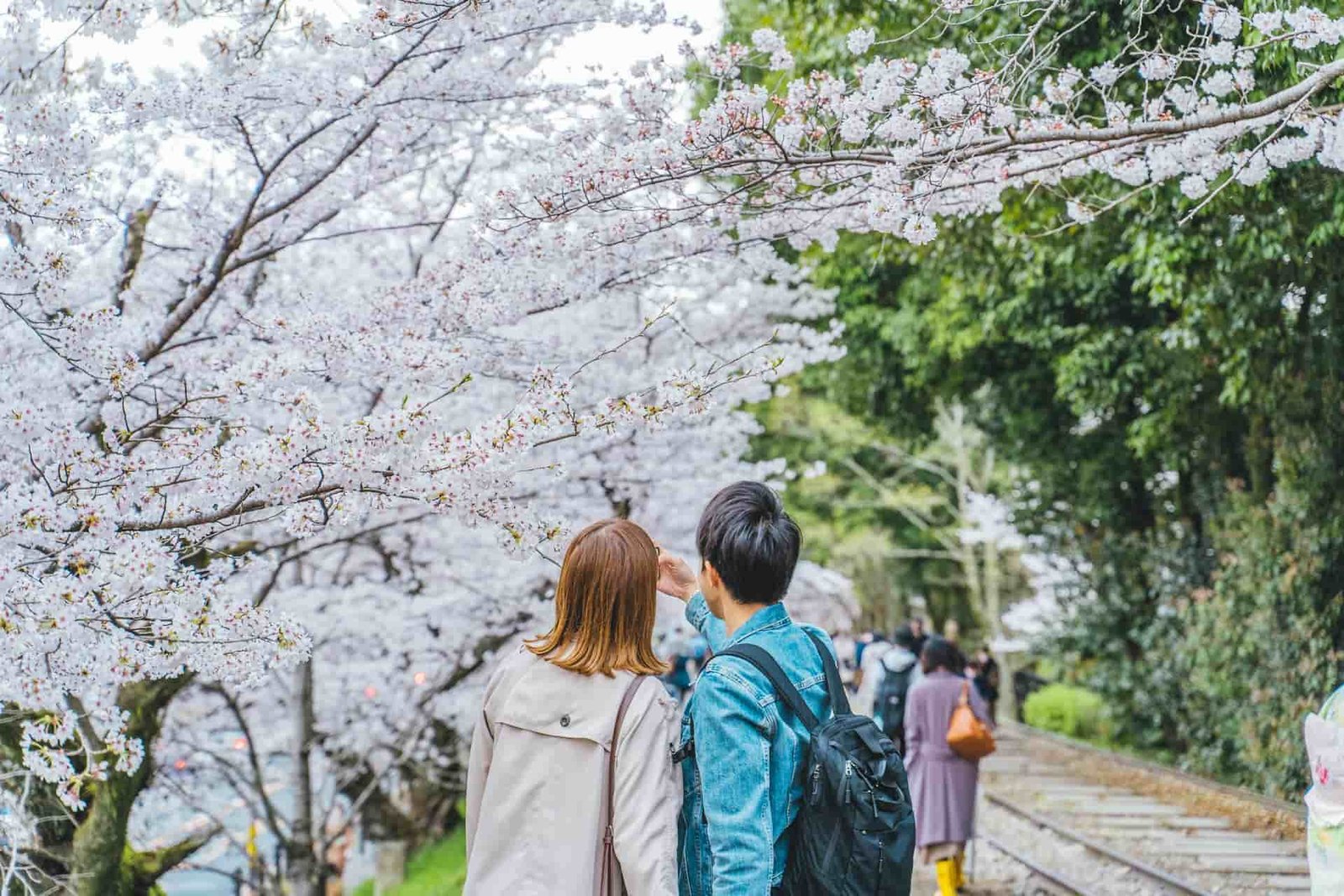The Japanese and Kissing: The Where, When, and How Often
Where I come from, kissing is an expression of affection in everything from teenage rites of passage to public displays of romance.
In Japan, though, kissing remains a delicate subject, wrapped up in questions of intimacy and cultural norms.
How often do you kiss your partner? If you are Japanese, the answer tends to be between “rarely” and “not often at all”.
A survey of 600 Japanese people with partners revealed that about half either don’t kiss their partner at all or do so less than once every six months.
Being half-Danish and half-English, I almost hit the floor the first time I heard this.
I come from cultures where kisses are everyday relationship punctuations. I kiss my wife good morning, goodbye when she leaves for the station, and hello again when I pick her up at the station.
In comparison, Japan is a place where holding hands in public can feel daring, and kissing in public is more or less reserved for, well, my wife and me.
While things are changing, there are several reasons for the who, when, and how often of Japanese kissing culture.
First kisses in numbers
Let’s start with the beginning: your first kiss. I was 15, going on 16, when I had my first proper snog. I think that puts me in the “pretty normal time for a first proper kiss” category for Denmark or the UK.
In comparison, a national survey by the Japan Association for Sex Education of more than 12,000 students found that four out of five high school boys (ages 15–18) had not yet had their first kiss. In contrast, only about a quarter of girls had kissed someone.
The report showed that kissing and sexual intercourse have become less frequent for teenagers since the mid-2000s. At the same time, rates of masturbation were at record highs.
Some of this is likely down to the COVID-19 pandemic and the rise of online outlets for…Yeah, I don’t think I need to write that whole sentence. Shall we just say that it seems like kissing has become either rarer or delayed, or perhaps replaced by forms of self-discovery.

Who kisses who in Japan?
Apart from first kisses, Japan is also somewhat differing to many western cultures where other parts of smooching is concerned.
Generally speaking, you tend to see two groups of kissers: couples and adults kissing babies. Where I grew up, it was common for adults to kiss each other on the cheek as a way of saying hello.
Between adults, a kiss carries a greater significance than it may necessarily do elsewhere.
A 2012 survey found that 60% of women and men had only kissed up to five people in their lives, suggesting kissing and intimacy rates a lot lower than elsewhere.
However, 90% of women and 88% of men said not all their kisses led to relationships, showing that the “casual kiss” has been gaining some ground.
In other words, the kiss was loosening up as a cultural symbol, but still treated with much more caution than in many Western contexts.
When do you kiss in Japan?
The timing of kisses is a big thing in Japan. And it tends to happen later in the relationship-building phase than in most Western countries.
A survey run on Kiss Day (May 23, marking Japan’s first onscreen kiss in 1946) asked when daters thought the right moment was. Out of 6,510 responses, the top answers were:
- On the third date (33%)
- On the first date (27%)
- On the second date (17%)
- On or after the fifth date (14%)
- Upon marriage (3%)

Kissing only in private
So why is kissing still relatively uncommon in Japan?
One part of the answer may be cultural attitudes toward privacy, intimacy, and public expression.
In a society where modesty and restraint are highly valued, public displays of affection have traditionally been frowned upon.
As such, kisses are more likely to happen in private, if at all, and when it does, they often carry more weight than a casual peck elsewhere might. Instead, affection is expressed more subtly — through shared meals, thoughtful gifts, or simply spending time together.
For the younger generations, part of the reason for the low kiss rates is that they tend to have longer days than most European workaholics, so part of the reason for not kissing is that they don’t have time. That said, it is far from the whole reason. This is something I will return to later in other articles.
Changing attitudes to affection
While there is a lack of surveys to confirm this, Japan feels like it is undergoing a very slow shift where kissing and public shows of affection are concerned. At least, that is my feeling form the last ten years living here.
Younger Japanese may be less experienced at dating and kissing overall. Still, through international media consumption, they are more exposed to how other cultures interact, including where kissing is concerned. They may also be more interested in the underlying reasons.
Japanese kissing habits reflect broader cultural contrasts: intimacy is valued, but often kept private; affection is felt, but not always shown.
Cultures tend to evolve and change slowly, doubly so for the Japanese culture. And there is always the debate about whether change is good.
However, I believe exposure to being able to show affection in public is not a bad thing for a Japan struggling with continually dropping population numbers.
I don’t mean couples jumping down each other’s throats. but seeing my wife and I kiss hello or goodbye, and the affirmation (also in public) of affection, might, just perhaps, be a reason to stop and think if it is really that bad in a country that tends to score extremely low for people’s satisfaction with their romantic and sexual lives.
Photos:
